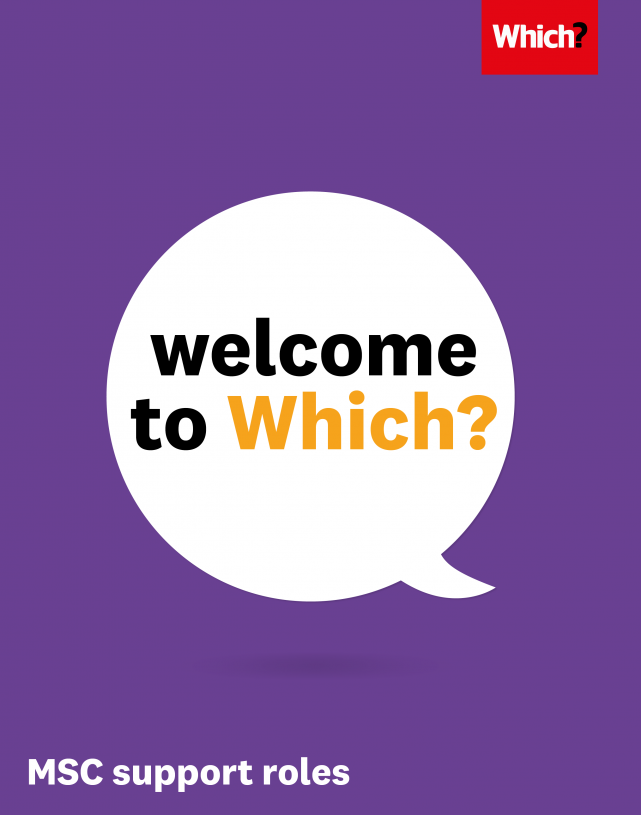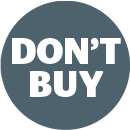User guide
Finding your way around the guide
To navigate between pages, click or tap the arrows to go forwards to the next page or backwards to the previous one. The arrows can be found either side of the page and at the bottom, too (circled in green, below).


Menu/table of contents
Click or tap on the three horizontal lines in the top-right of your screen to open the main menu/table of contents. This icon is always visible whether you're using a computer, tablet or smartphone. The menu will open on top of the page you’re on. Click on any section title to visit that section. Click the cross at any time to close the table of contents.
Text size
On a computer, you'll see three different sized letter 'A's in the top-right of your screen. On a smartphone or tablet these are visible when you open the menu (see above). If you’re having trouble reading the guide, click or tap on each of the different 'A's to change the size of the text to suit you.
Pictures
On some images you'll see a blue double-ended arrow icon. Clicking or tapping on this will expand the picture so you can see more detail. Click or tap on the blue cross to close the expanded image.
Where we think a group of images will be most useful to you, we've grouped them together in an image gallery. Simply use the blue left and right arrows to scroll through the carousel of pictures.
Links
If you see a word or phrase that's bold and dark blue, you can click or tap on it to find out more. The relevant website will open in a new tab.
Jargon
If you see a word or phrase underlined, click or tap on the word and small window will pop up with a short explanation. Close this pop-up by clicking or tapping the cross in the corner.
Help
On a computer, you'll see a question mark icon in the top-right of your screen. On a smartphone or tablet this is visible when you open the menu (see above).
Clicking or tapping on the question mark will open this user guide. It opens on top of the page you're on and you can close it any time by clicking or tapping the cross in the top-right corner.

Our testing
Product testing lies at the heart of Which?
What do we test?
We test products and provide advice in four broad categories:
- Technology – from smart speakers to smartphones
- Home & Garden – from mattresses to microwaves
- Baby & Child – from car seats to cot beds
- Cars & Travel – from SUVs to sun creams
What do our symbols mean?
Our symbols are there to help members choose the best and avoid the worst. Here’s what they each stand for:

Best Buy
Only the very top products get our Best Buy recommendation. It’s our seal of approval, so when you see the Best Buy logo on a product, you know it passed our tests with flying colours. Our Best Buy recommendation is our gold standard. Every year, we test between 3,500 and 4,000 products in our independent labs. We record how well each model performs against sets of specific criteria, and then add up all the scores.

Don't Buy
These products have either failed to make the grade in testing or were found to have serious health and safety issues. If you see this symbol alongside a product, avoid it at all costs. Those that score less than 45% we make a Don't Buy.

Which? Recommended Provider status.
Services that do better than the rest get our Which? Recommended Provider status. It’s the equivalent of our Best Buy label for energy companies, insurance firms, broadband providers and more.
How we test?

We care about the details. Our experts rigorously test every product we review. For example, in our child car seat tests, we ran more than 250 crash tests to find this year’s best car seats, and went through as many as 20 samples of the same seat to determine the model’s final score. We also buy virtually everything we test ourselves. We don’t accept freebies so we won’t be swayed or persuaded to rate anything a certain way. We tell it like it is.
We ask consumers what they think, too. To get the full picture of a product or service, we also need to know what real users think of it. We calculate reliability scores by asking members when their product breaks or develops a fault, and we work out customer scores by asking people to rate the products – and services – that they use. All this means we can confidently tell people things like which cookers give them their money’s worth, and which could give up the ghost on Christmas morning.
And we don't stop there. So as well as our in-depth lab tests, we run user trials and taste tests, grow thousands of plants and vegetables, set up expert panels, conduct surveys and send out mystery shoppers so we can reach the most precise conclusions. After the products have been put through their paces, members can find out how each one fared in our reviews. And should we uncover any unsafe or unsecure products then we work with other parts of the organisation to get them removed from sale.

